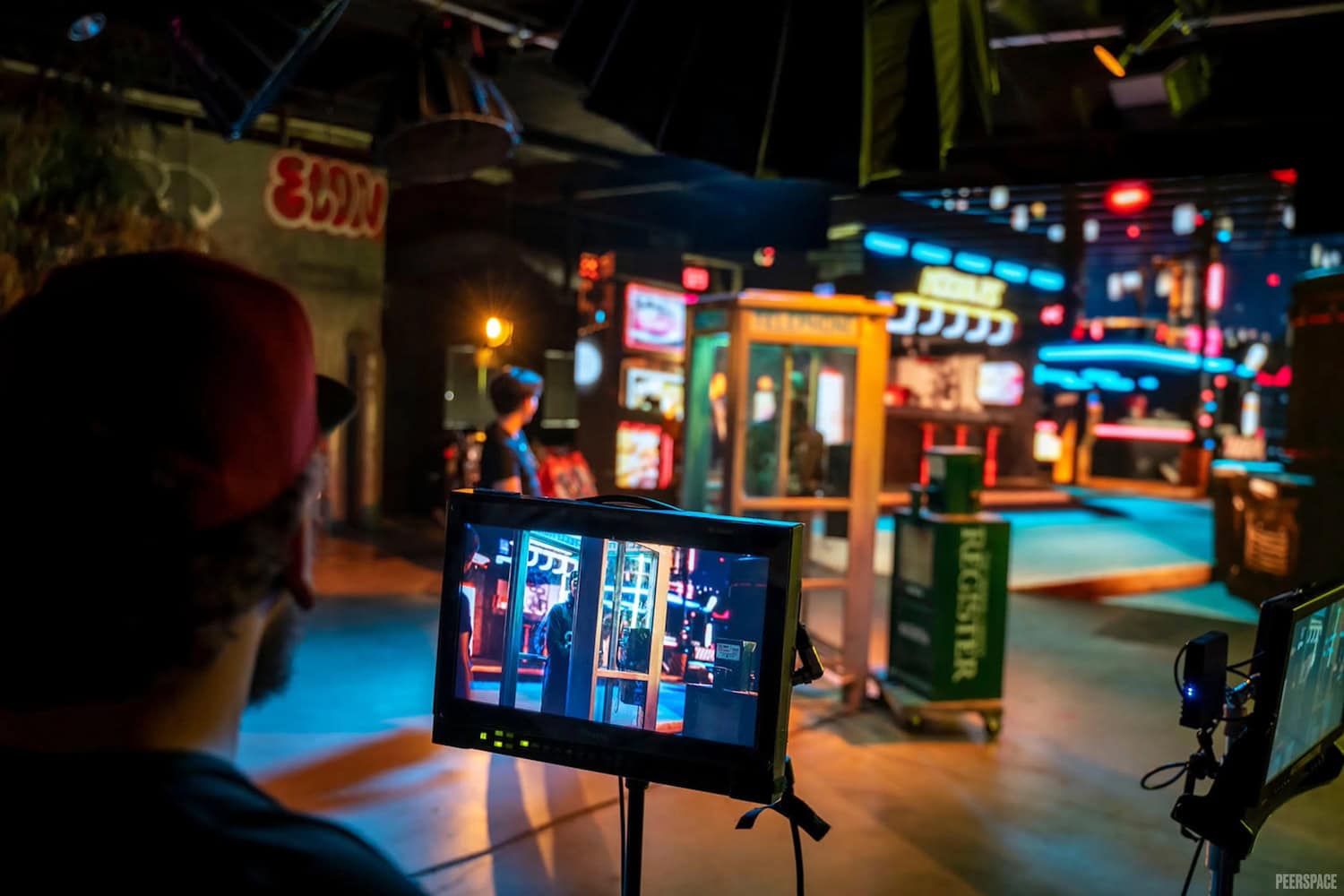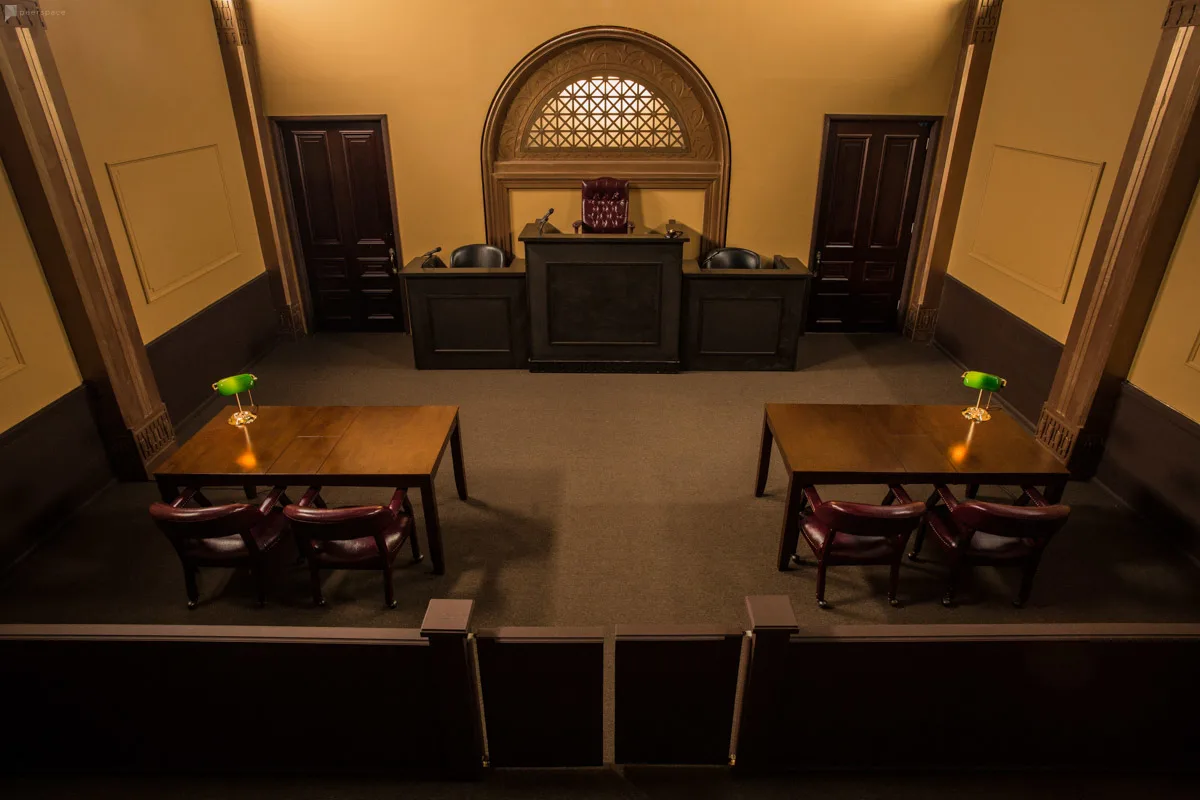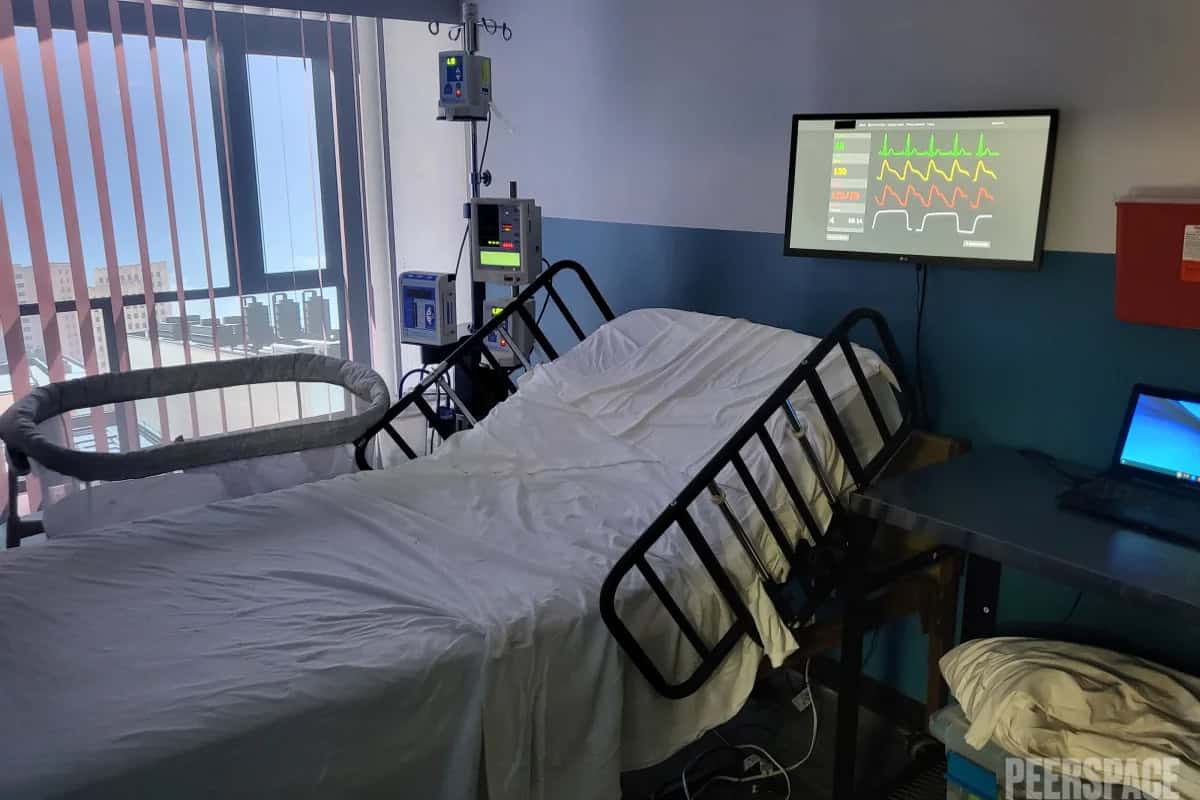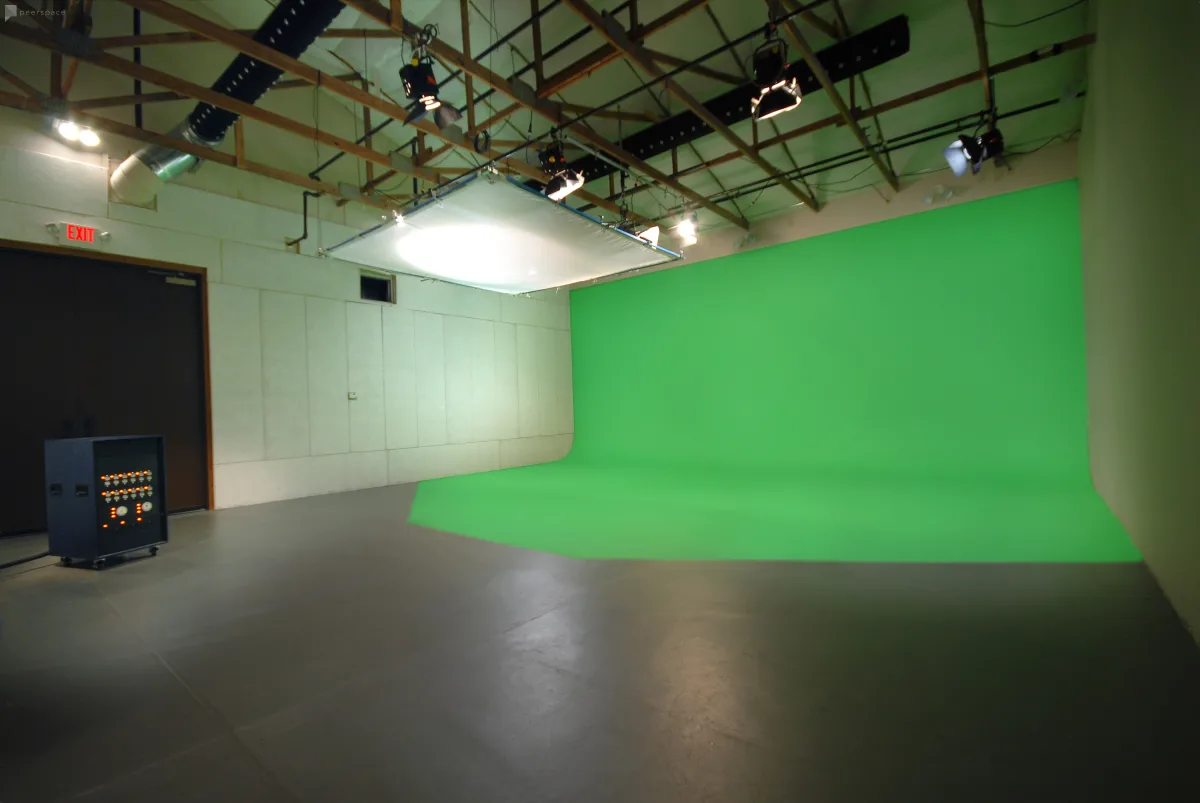
Source: Pixabay
If you are involved in any kind of production company focused on creating content for TV, film, advertising, or any general photo and video shoot, you need a way to manage the production. Historically, all the production prep and planning was on paper, and the assistant director would spend the day on set chasing down the right people, making sure everything goes smoothly. Now, with the prevalence of technology and sophistication of great software, there are many digital production management software suites that allow you to plan and execute your production more smoothly. One of the best is StudioBinder.
This management software facilitates the pre-production phase. After you have a plan and a production schedule in place, it’s time to begin scouting locations. Since you’re going to need an amazing location to shoot, use Peerspace, which uncovers thousands unique spaces in hundreds of cities, giving you creative places to shoot your next film or project.
What is StudioBinder?
StudioBinder is one of the leading production management softwares on the market today, with the most complete set of features to aid in getting your film off the ground. StudioBinder is entirely online and houses each aspect of your production plan in an intuitive, easy-to-use interface.
It’s built for scalability, meaning it will work properly for your student film with seven classmates or your big-budget commercial with 350 cast and crew. Everything is included to be able to write a script, share it, break it down, and create the assets necessary to manage the crew for the shoot. Let’s review all of the practical features of StudioBinder.
Screenwriting
With StudioBinder, writing your next screenplay with industry standard formatting is a breeze. StudioBinder also automatically tracks scenes, character names, and many other elements in the script. This makes it much easier to break down the script, create storyboards, and make call sheets later on. You can import your existing script and continue writing in StudioBinder with the same features.
It also supports collaboration between screenwriters, so you can share your script with your co-writer, director, or a trusted third party for feedback. You can keep multiple versions of the script as you go through revisions. The best part about screenwriting with StudioBinder is that there is no cost to writing an unlimited number of pages. You only pay when you decide to manage your full production with StudioBinder.
Script breakdowns
With StudioBinder, once your script is written, you’re able to break it down and tag elements like props, wardrobe, characters, and more for use in later steps of production. Every element that is tagged is also searchable for whoever has access. Breaking down your script also doesn’t have to be all up to one person anymore. Multiple people can now collaborate in real time on the same script and break it down together.
Anyone with access can break things down, provide feedback, and create tasks with ease. Sharing view-only links is just as easy. You can also create a Breakdown Report, which is a print-friendly approach to keep track of all of the elements of the script by department or type. This way, everyone can isolate their work in an easy-to-execute format.
Shot lists and storyboards
Shot lists and storyboards have never been easier to create than with StudioBinder. When you write or import a script, the software will automatically generate shot lists based on each scene. From there, you can add in all of the shots you need to cover the scene. With each shot, you can attach a still image to illustrate what you want in the shot. The still image attached to each shot can be pre-visualization renders, example photos from a phone or camera, or even drawings like traditional storyboards.
Using these visual references for each shot will be massively useful on the shoot day, so don’t overlook this step. Though Pre-Vis will always be best, even a simple drawing can help immensely to communicate efficiently on the shoot day. There are two views, one is the shot list. The shot list is simply a list of each and every shot that will need to be filmed on the day. In addition, it has all of the character and camera information needed for the shot, as well as a reference of the script.
The storyboard view simply shows the thumbnail of whatever image you added to that shot. It is easy to swap between these views, so the cinematographer — or whoever needs it — can get to it at a moment’s notice. You can also customize the layout of your shot list with many different elements. Apply color coding, add notes to each shot, change aspect ratios, and filter the shots by column in the interface.
As with everything in StudioBinder, shot lists and storyboards also feature collaboration tools, allowing team members to work on projects together and provide feedback on the work that is done. Finally, the shot list is easy to edit and reorder to suit your needs on the day of shooting. You can easily check off each shot as you complete it, so you can visualize what you have and what you still need.
Shooting schedules
Shooting schedules on StudioBinder use an intuitive stripboard interface that is effortless to rearrange and adapt on the fly. To get started quickly, StudioBinder will use scenes, cast members, and locations to automatically create a shooting schedule for you. If you need to make changes, the interface makes it straightforward to customize your schedule. When importing a script, StudioBinder will automatically create a schedule from any of the most popular script file formats.
Call sheets
With StudioBinder, you’re able to create call sheets for cast and crew in a fraction of the time it would normally take. StudioBinder automatically populates the call sheet according to your existing roster of cast and crew, as well as the production schedule. On StudioBinder call sheets, the groundwork is laid for you, but you’re able to add personalized call times and attachments easily.
You’re also able to collaborate with other team members to create the call sheet before sending it out. Once the call sheet is sent, StudioBinder tracks each email sent, and whether it has been delivered or opened. Plus, it keeps track of who has pressed the button to accept their call time. Call sheets can be delivered online, through email, text messages, and even as a standard PDF.
Price of various bundles
As you now know, StudioBinder is an incredibly useful piece of software for any narrative production, serving as the primary production management software from the screenwriting phase through to the last day of shooting. You can get started for free by writing an unlimited number of pages on an unlimited number of scripts.
When it comes time to collaborate and start production, StudioBinder has three price brackets. For $29/month, you can manage 10 projects, with 50GB of file storage. This bracket includes call sheets, shot lists & storyboards, and shooting schedules. For $49/month, you can have 25 projects open at once, and 75GB of file storage. This bracket adds the ability to use script breakdowns and the production calendar.
The last $99/month bracket opens unlimited projects, 100GB of file storage, and the ability to invite collaborators and use custom branding. StudioBinder is an incredibly useful piece of software for any production company, and well worth the price for the features provided.
Find unique production venues on Peerspace
Get together somewhere better
Book thousands of unique spaces directly from local hosts.
Explore SpacesShare your space and start earning
Join thousands of hosts renting their space for meetings, events, and photo shoots.
List Your Space






